In her book Braiding Sweetgrass, Robin Wall Kimmerer says that we are bound to the earth by a covenant of reciprocity that is rooted in gratitude and responsibility. Each day I look for opportunities to joyfully fulfil these obligations.
Fall Wild Food and Herb CSA
The Fall CSA is open for registration. From October to December each box will be filled with products handcrafted from local, organic plants to support you through thechanging season and prepare you for winter, including elderberry syrup, immune boosting mushrooms, digestive bitters and more. For more information or to sign up visit here.
Apothecary 101: Herbal Medicine Making Series
There are a variety of ways to work with the healing properties of plants from themost primal, ancient act of adding herbs to hot water, to today’s quick and convenient tinctures dropped on the tongue. Choosing your solvent, your herbs and how to administer them is a skill you can spend a lifetime mastering. These workshops are designed to both get you started and deepen your experience of the theory and practice of herbal medicine making!
September 16th, 6-8pm The Universal Solvent: Water-based herbal extracts
Steeping and decocting herbs into water is the foundation and simplest form of plant healing that can bring about the most profound and transformative effects in thebody. This workshop will explore internal and external uses of nourishing herbal infusions, soaks, baths, sitz baths, poultices, compresses and washes.
October 21st, 6-8pm Sweet & Sour Medicine Part I: Herbal honey, syrup, electuaries
Sweet remedies are calming, soothing, nourishing and building and they help themedicine go down!
November 4th, 6-8pm Sweet & Sour Medicine Part II: Vinegar, oxymels, switchels and shrubs
Vinegar-based remedies have been used since ancient times to promote health and well-being.
December 2nd, 6-8pm Healing Oils and Soothing Salves
Herb infused oils and salves protect and heal the integumentary system and ease theaches and pains of musculoskeletal injuries.
For more information or to sign up visit here. These workshops are free (+ $5 materials fee) to CSA members during the months for which they are subscribed.
I will also be teaching Materia Medica II and Western Herbal Energetics at theInternational Academy Health Education Centre this fall.
If you live in Ottawa you can now order select Wild Garden Products online throughSavour Ottawa and pick them up at the Parkdale Fieldhouse.
And finally, the original date for the Petrie Island plant walk got rained out and will be now be taking place this Sunday the 20th at 1 pm.
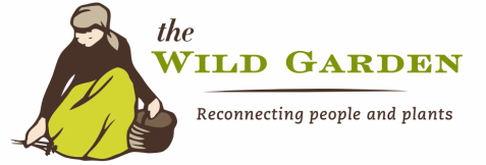
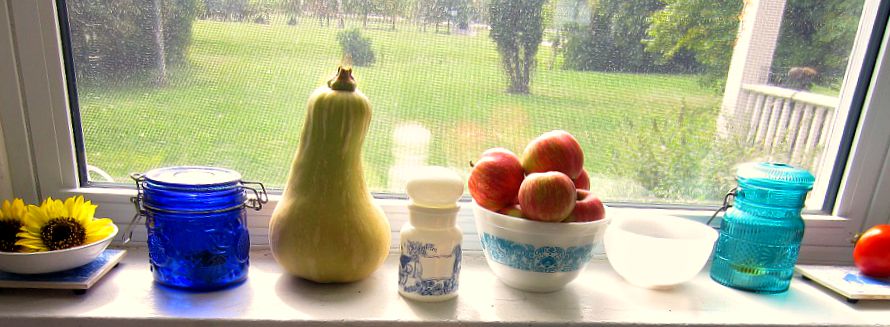
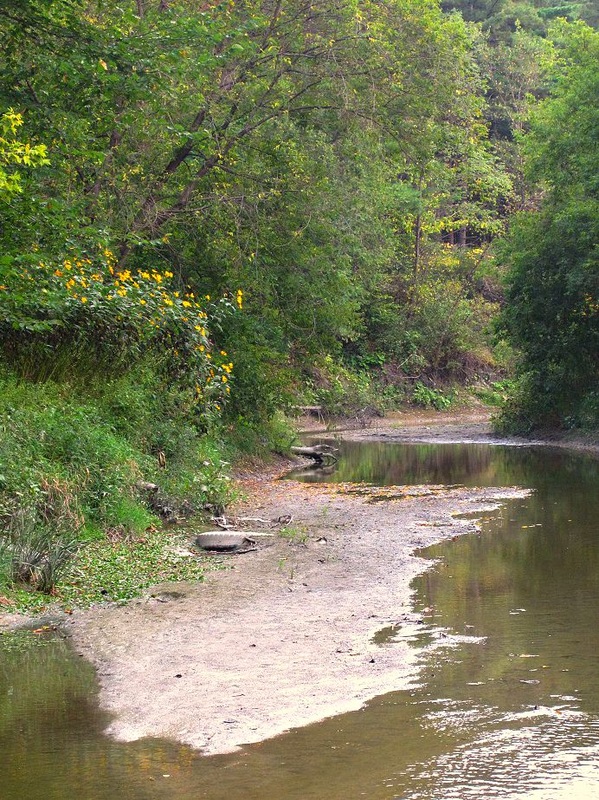
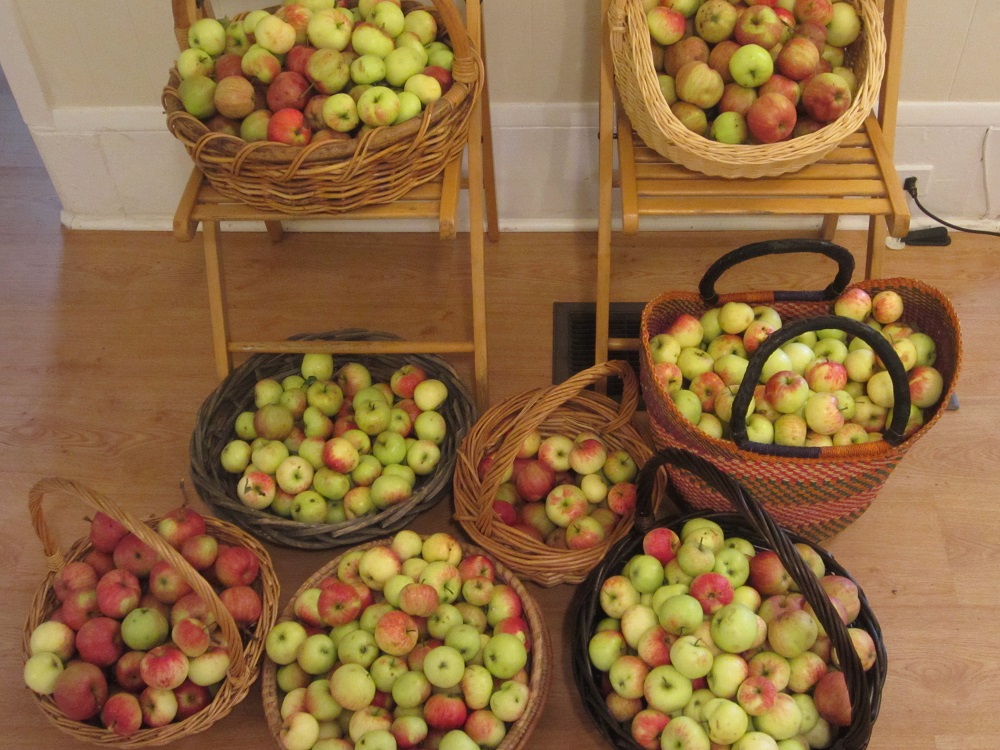
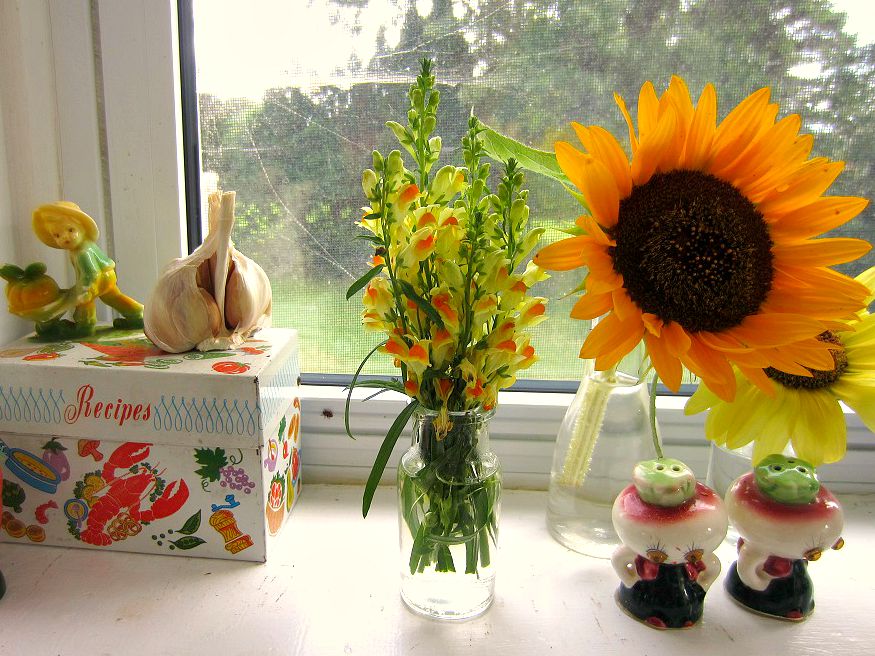
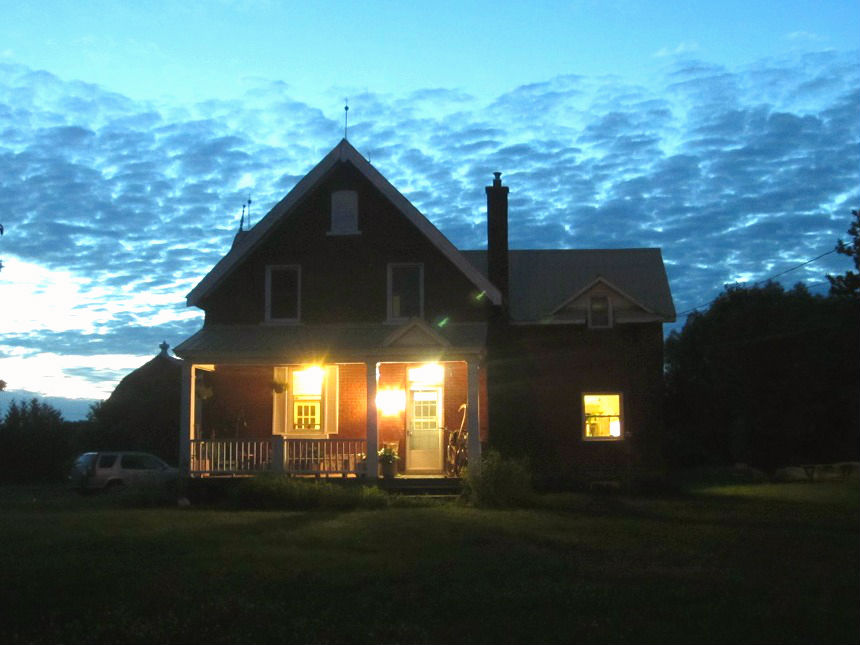
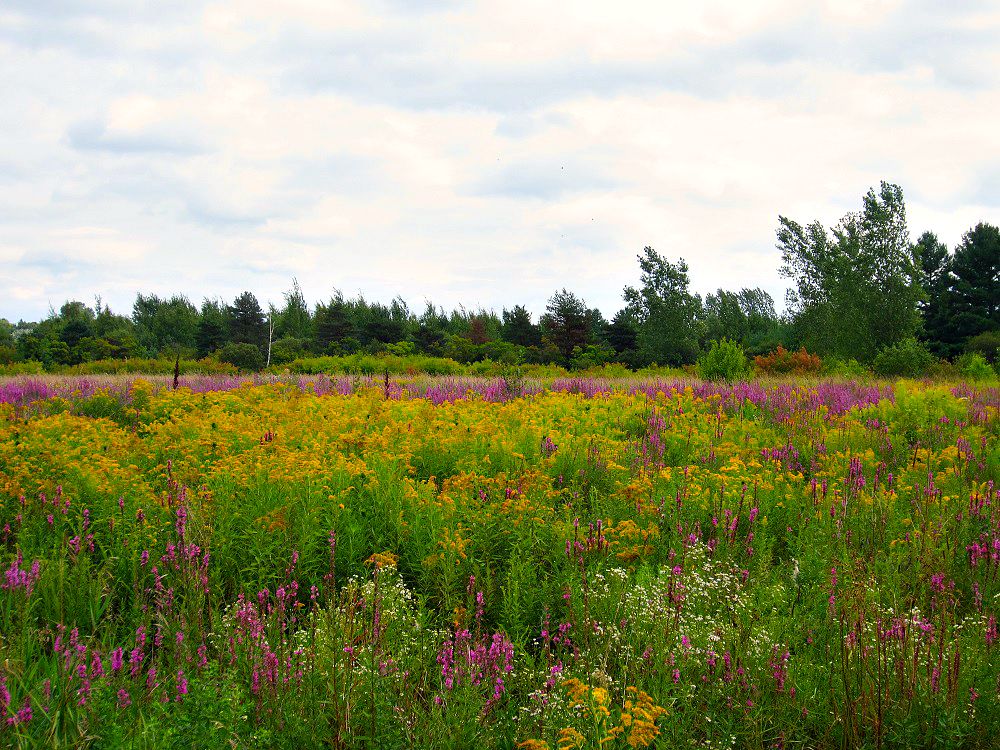

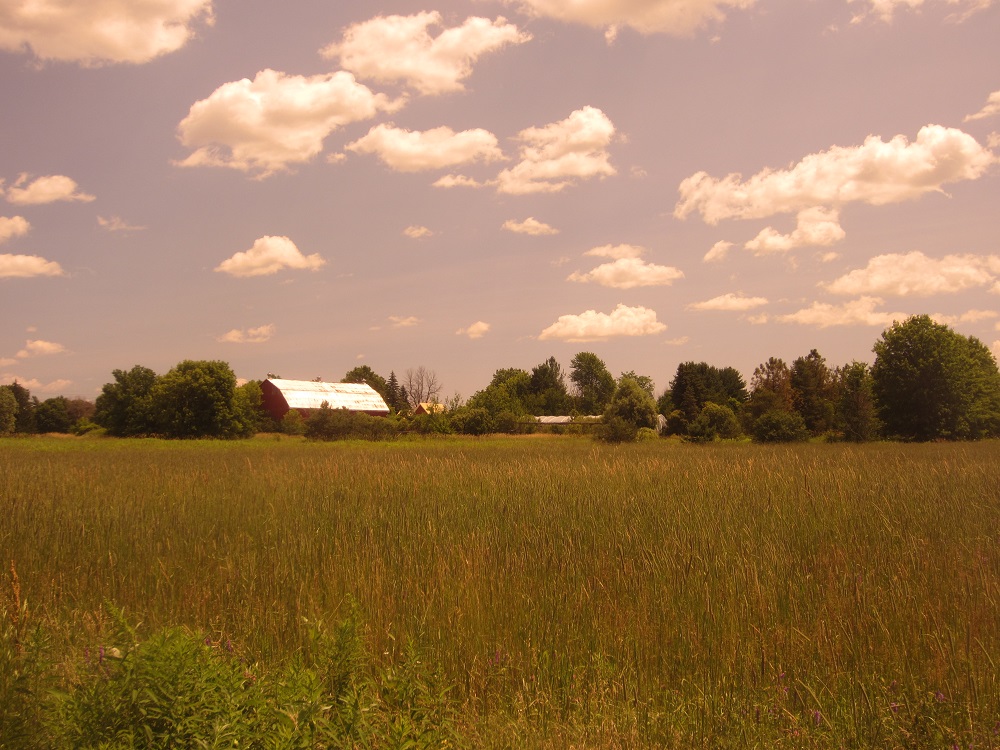
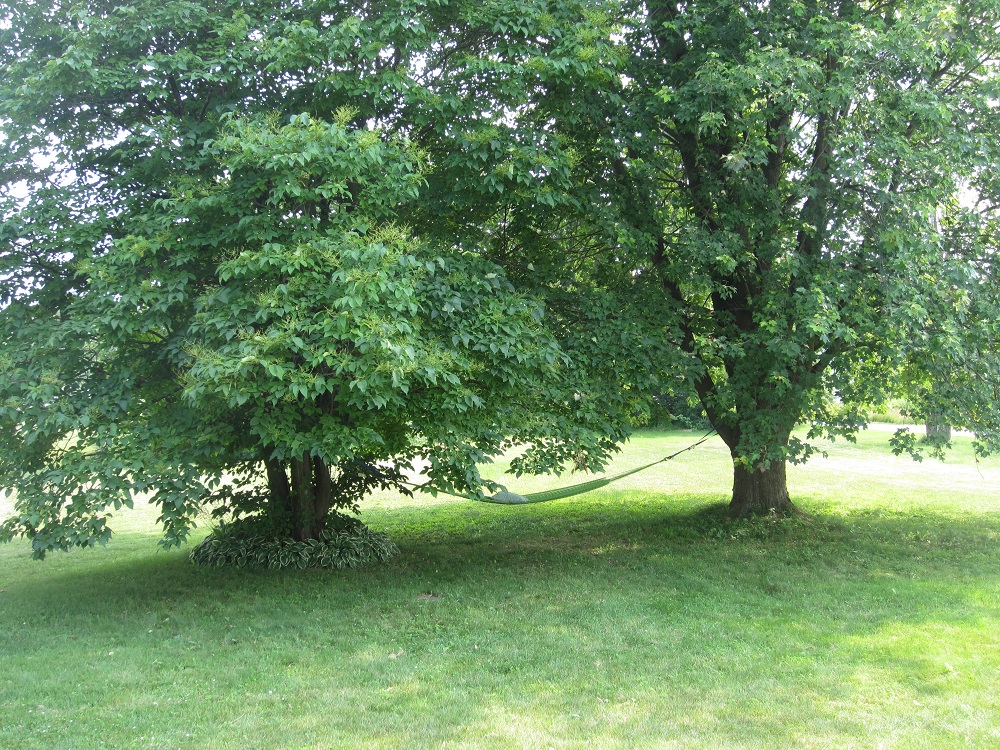
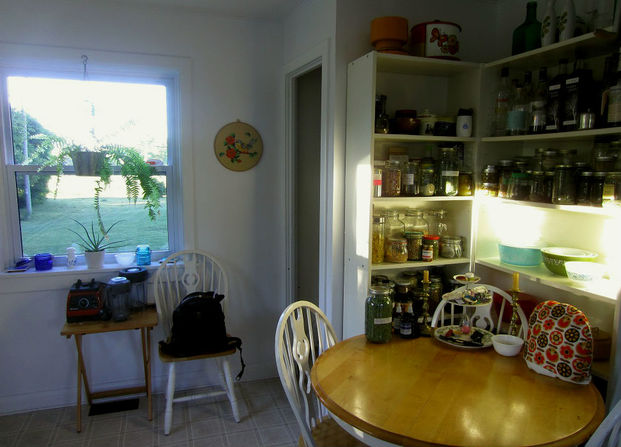


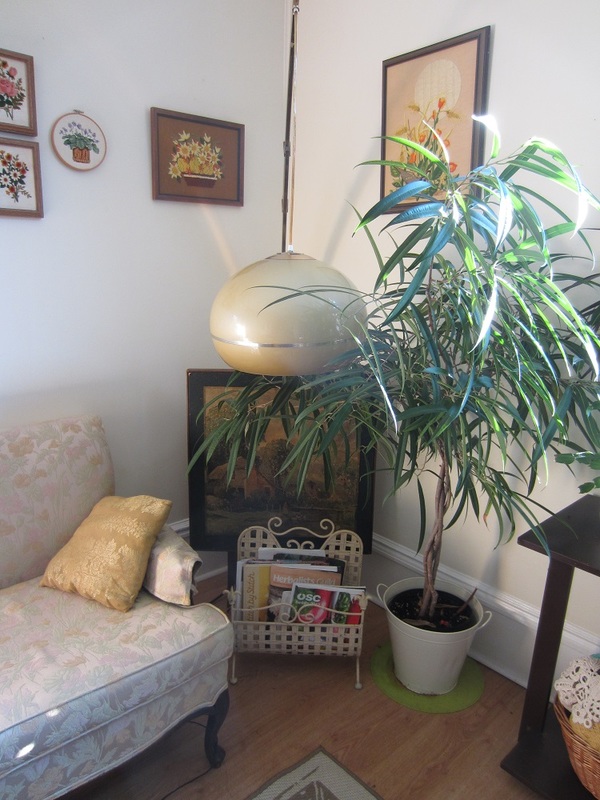
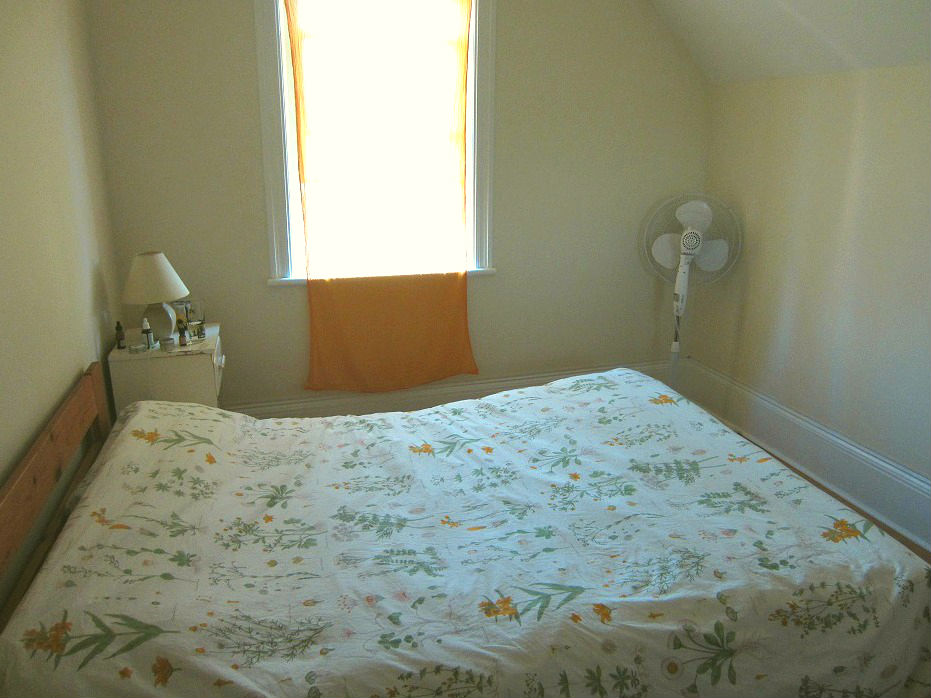
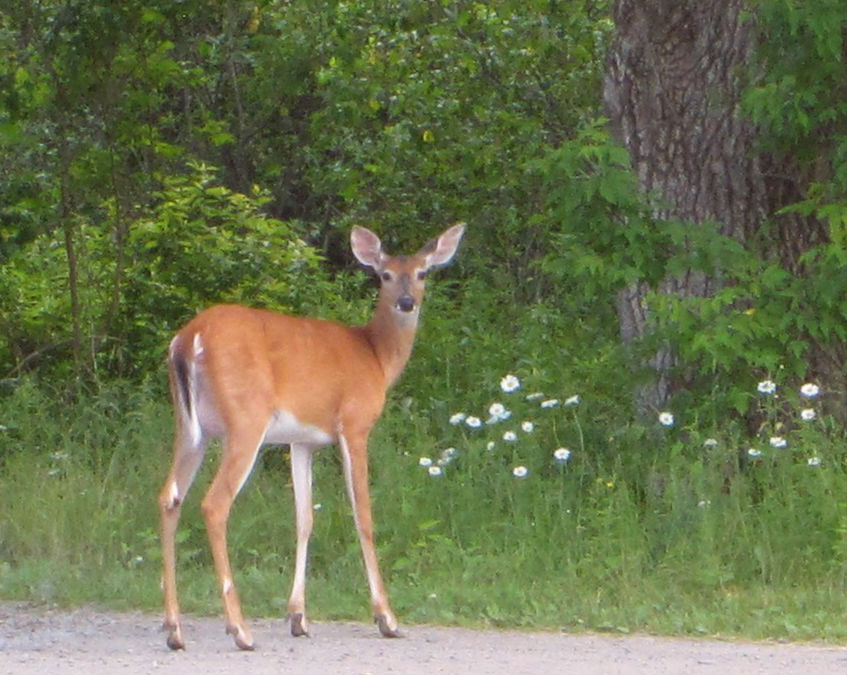
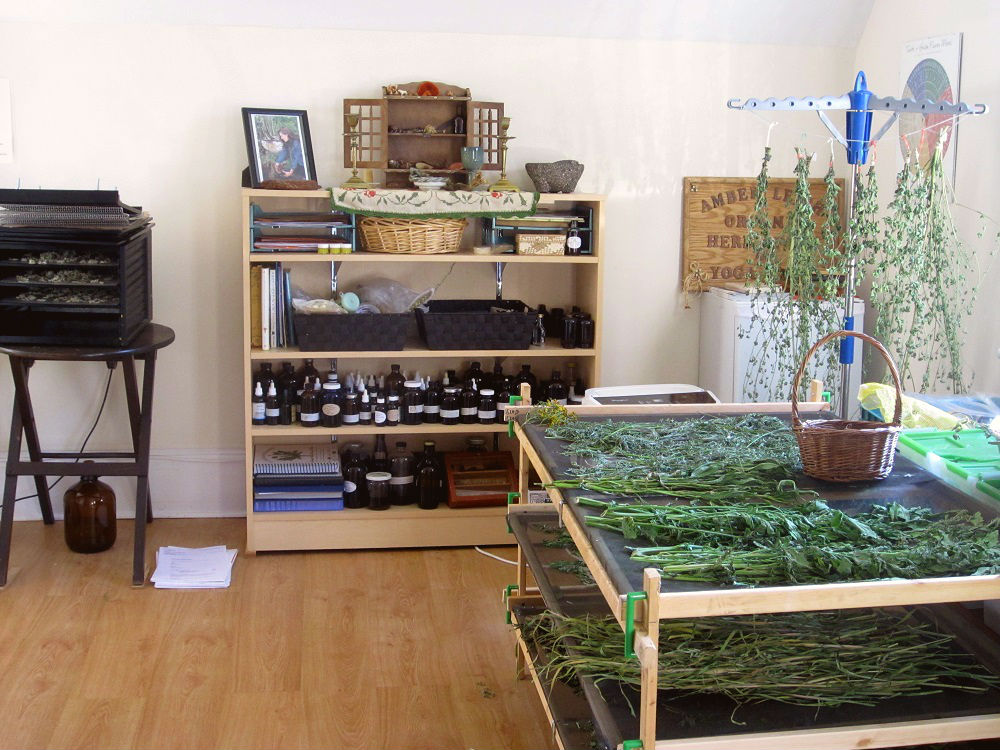
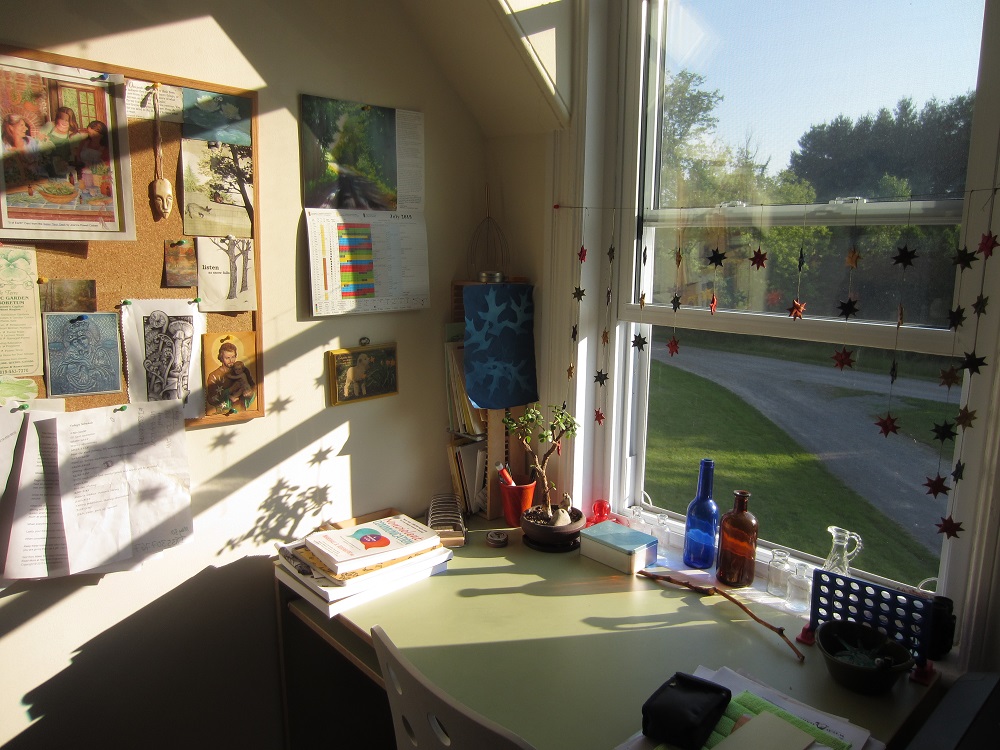
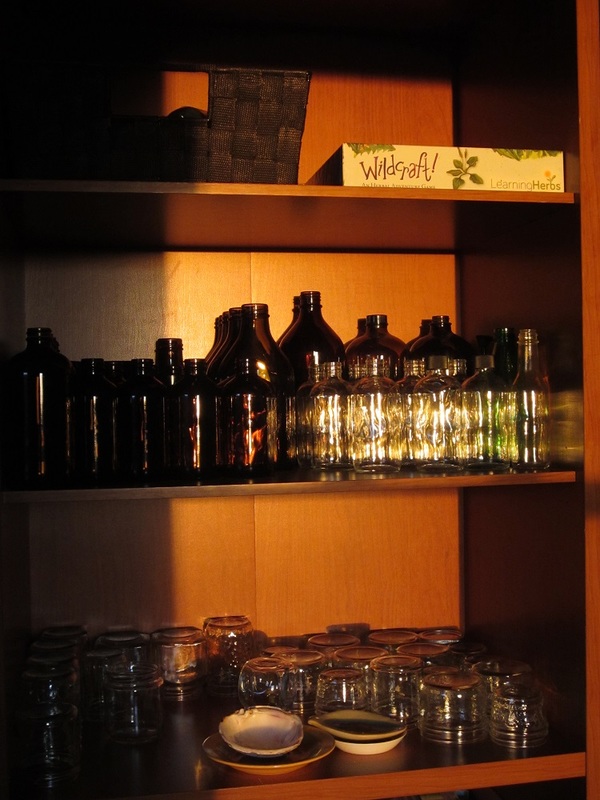
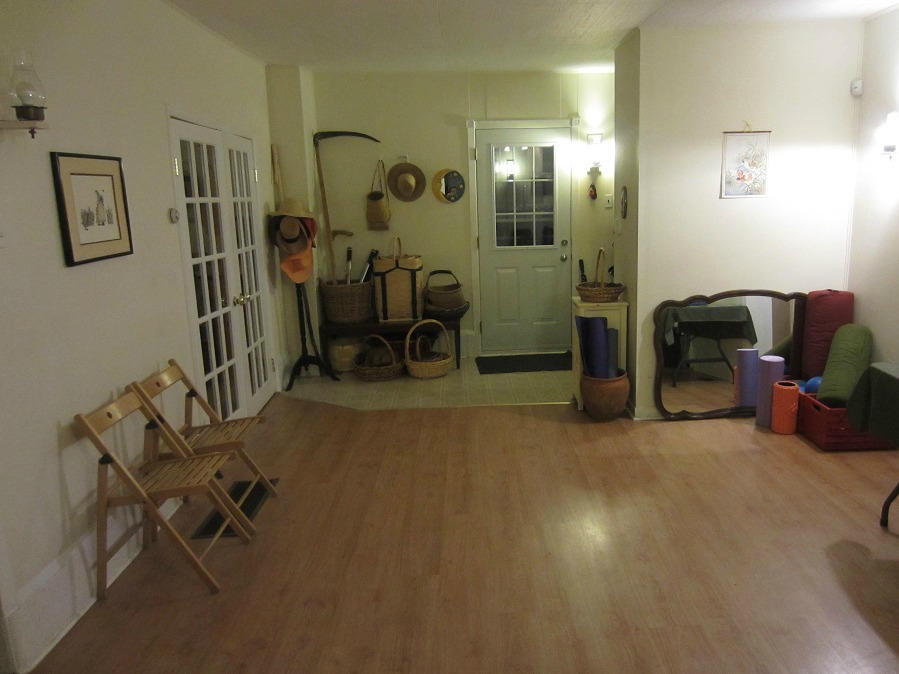
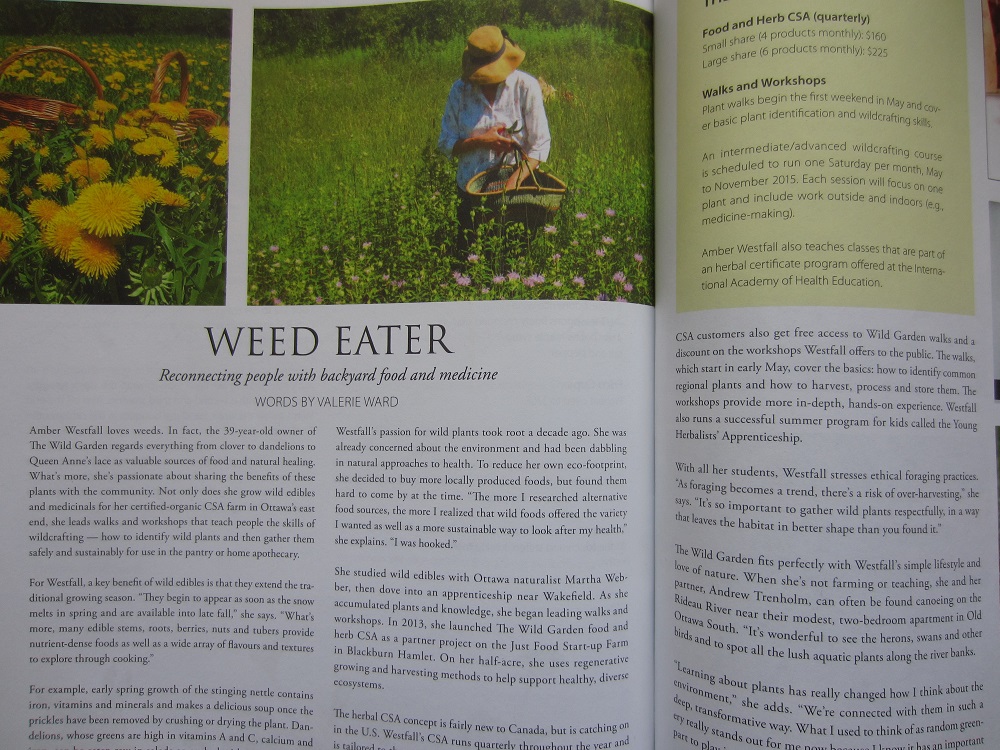
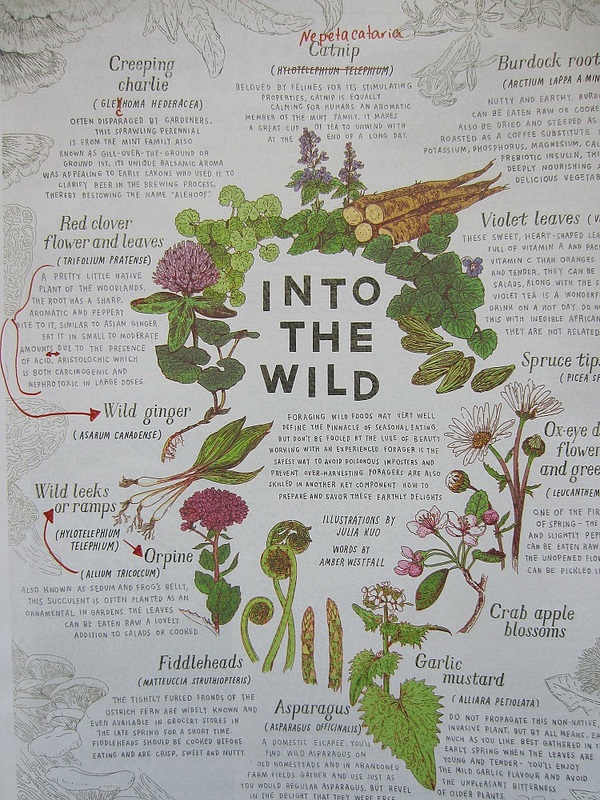
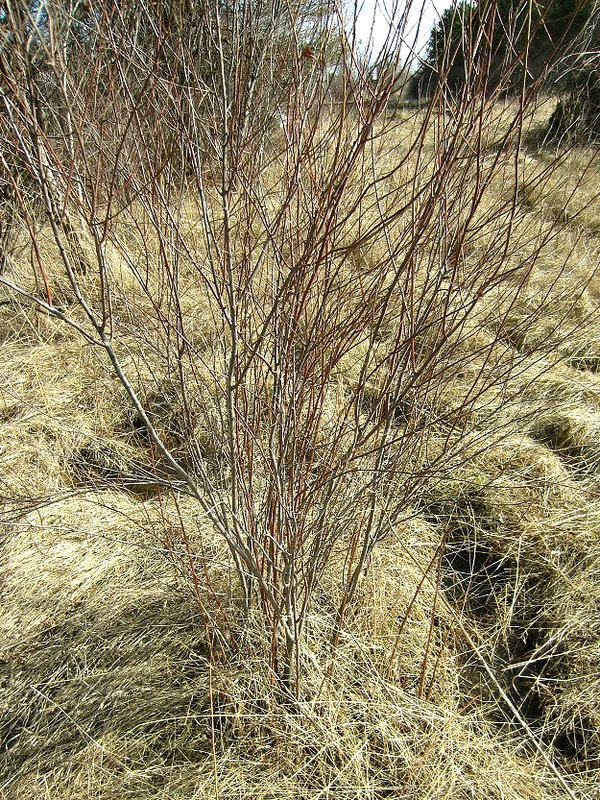
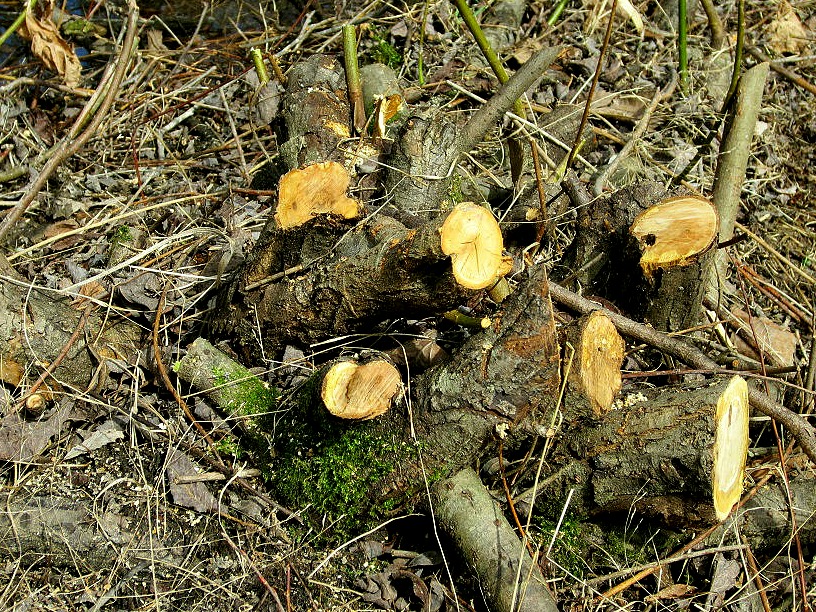
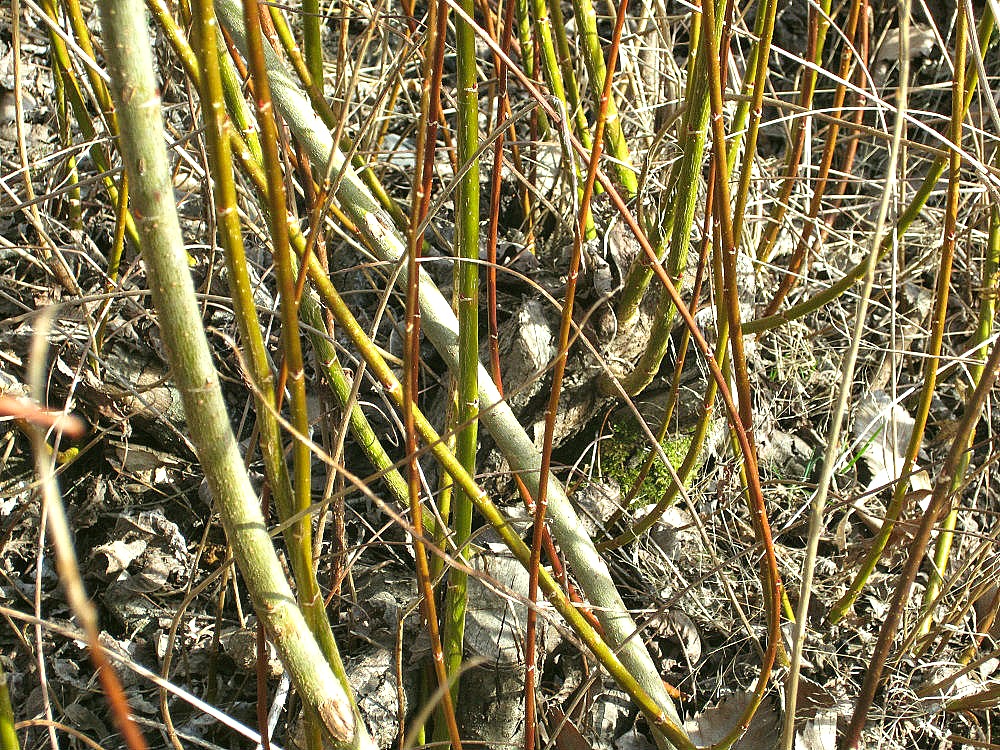
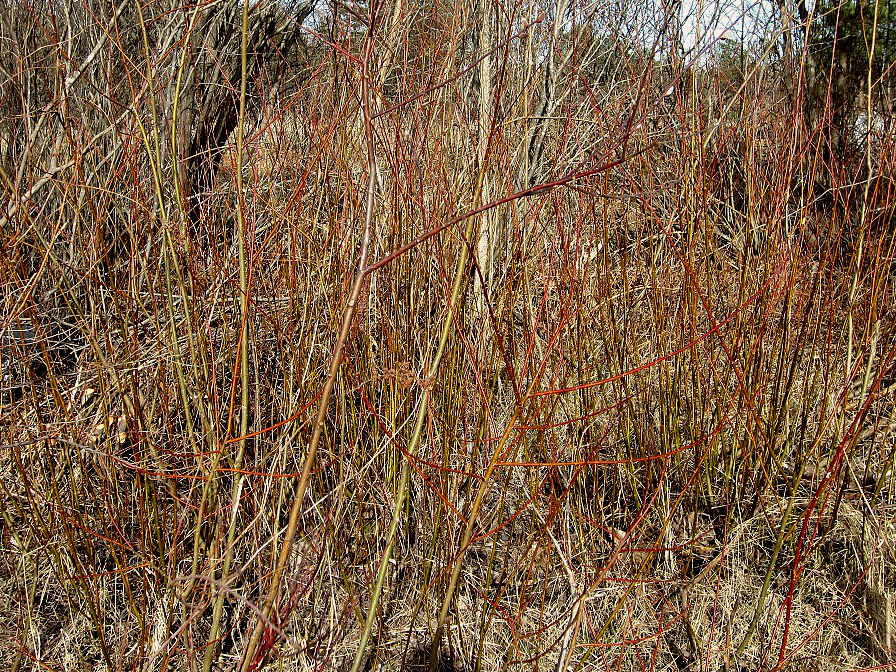

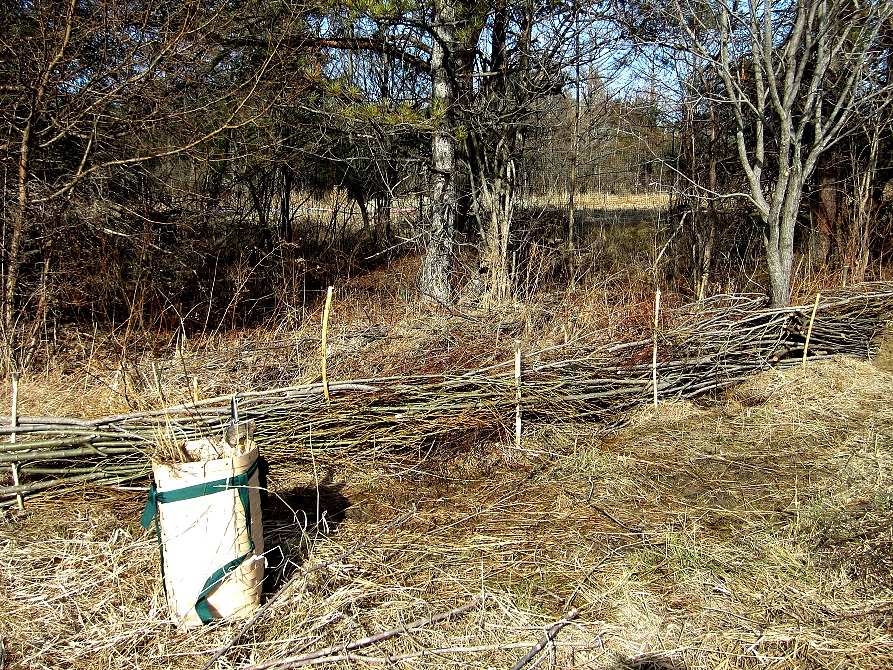
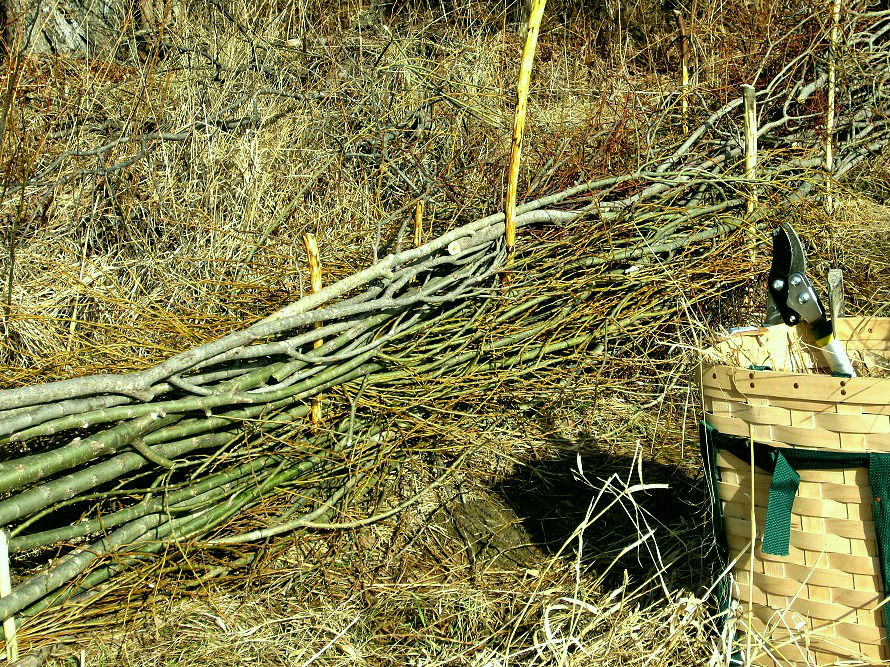

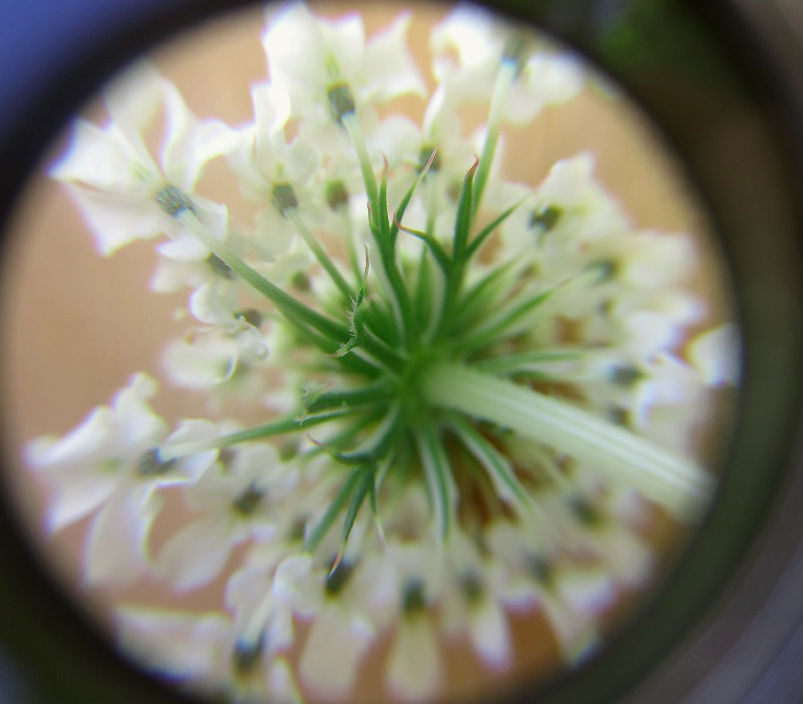

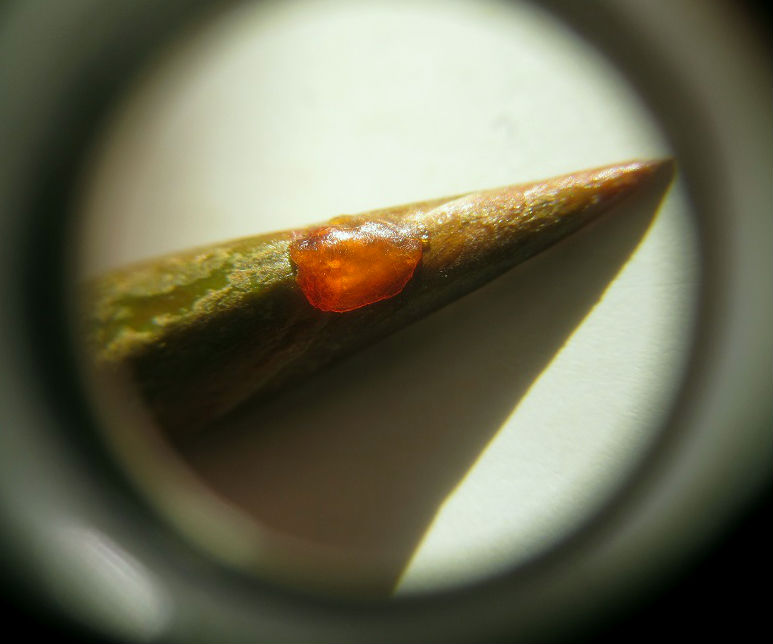
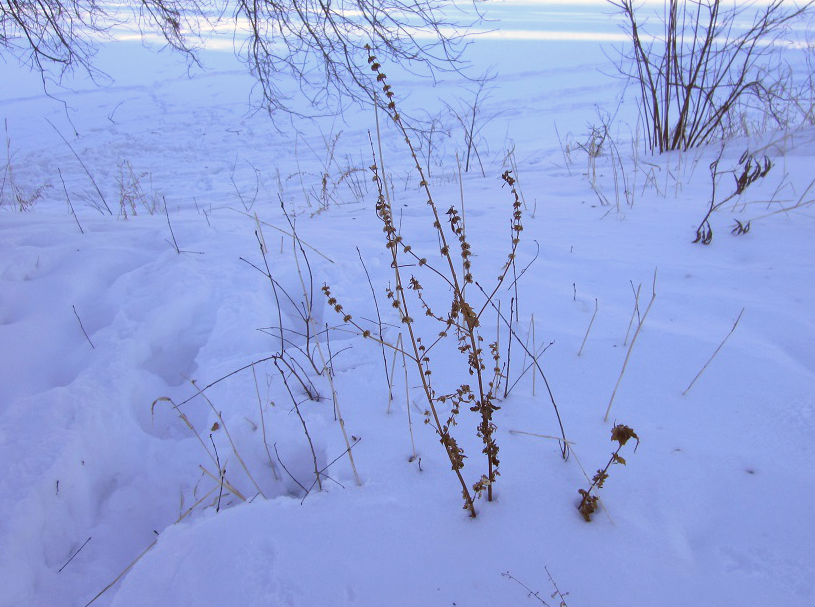
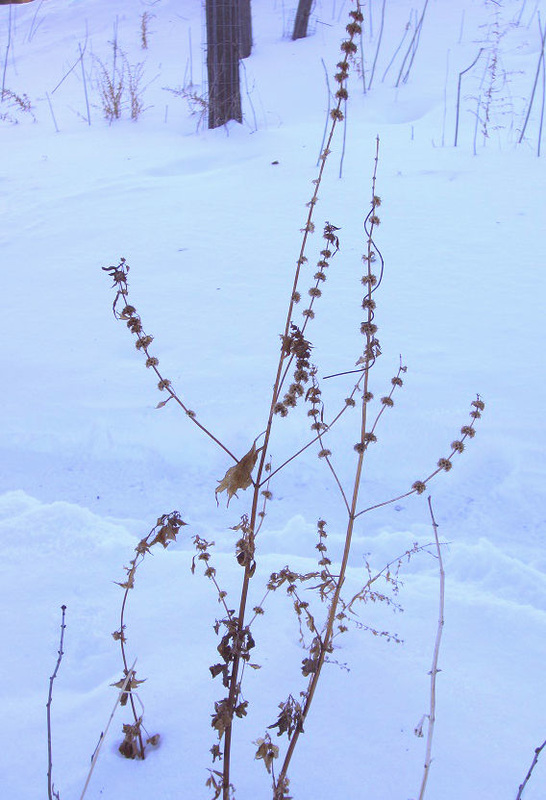
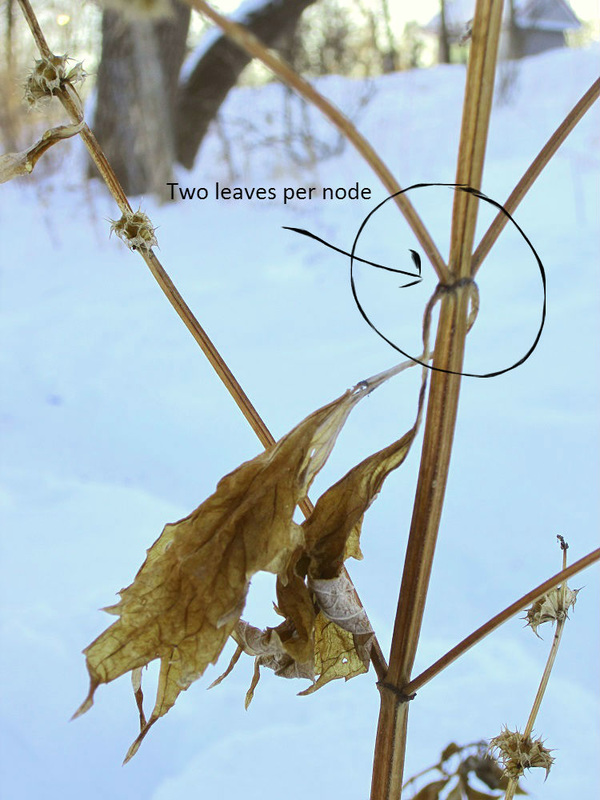
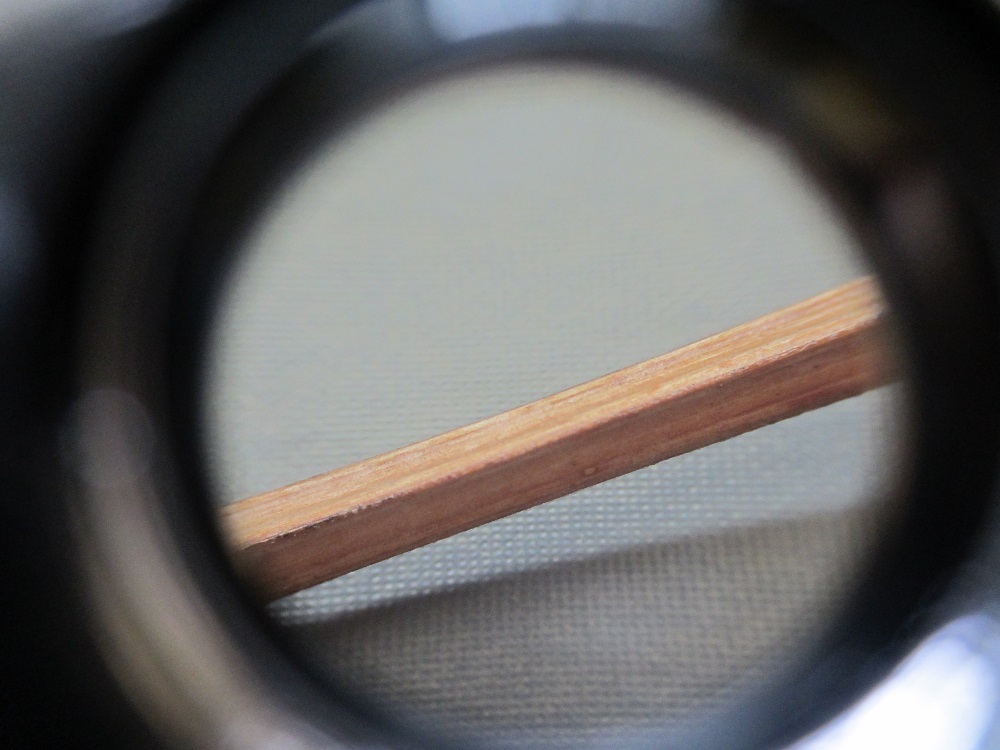
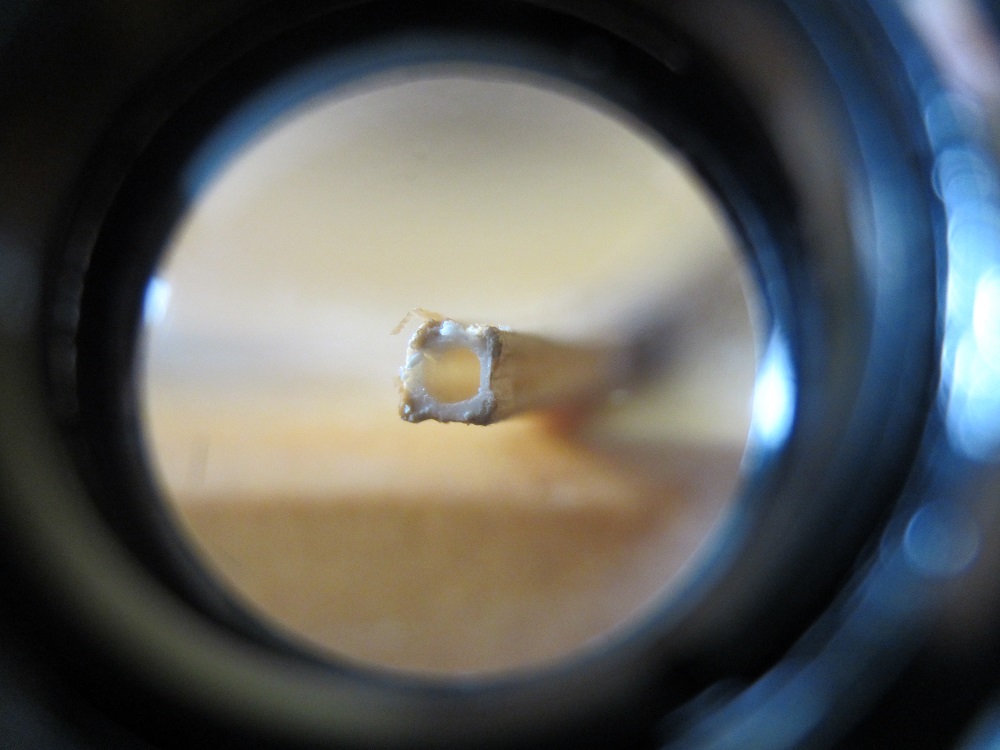
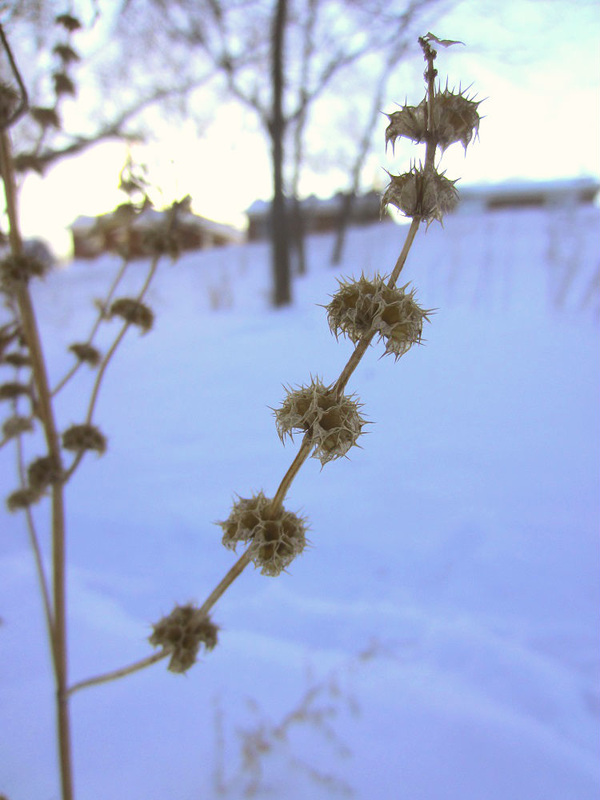
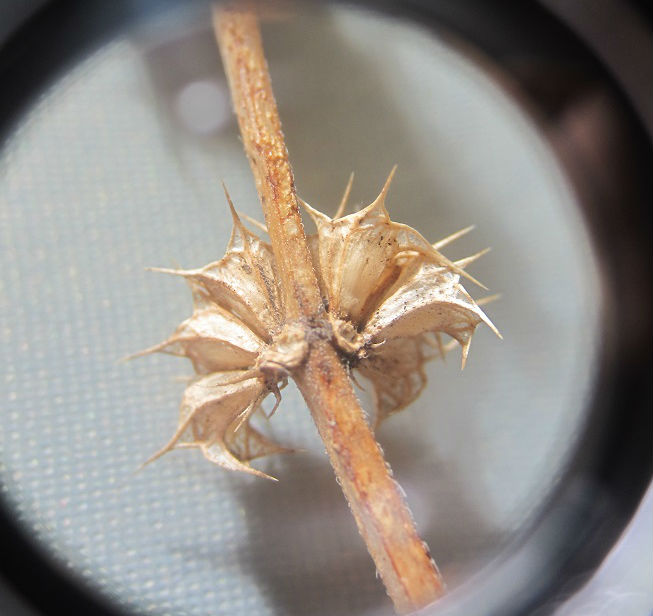

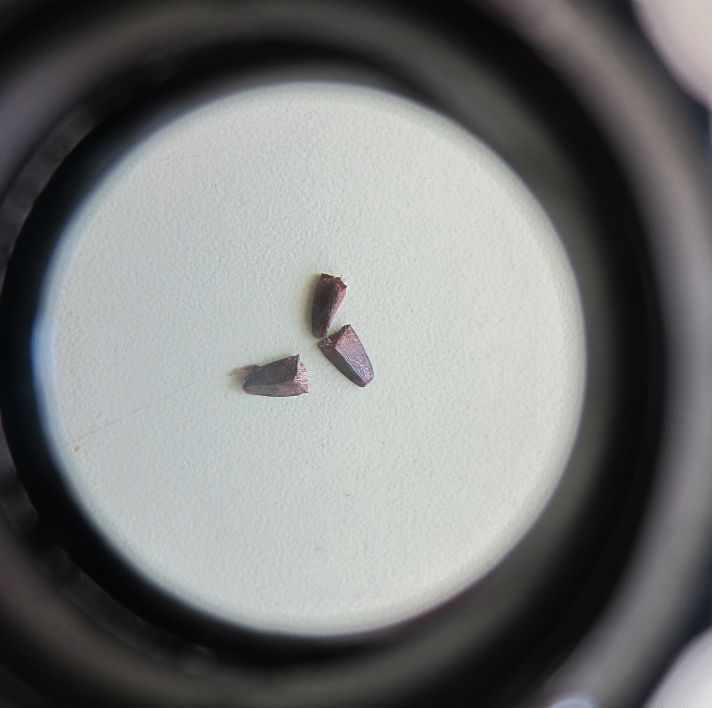
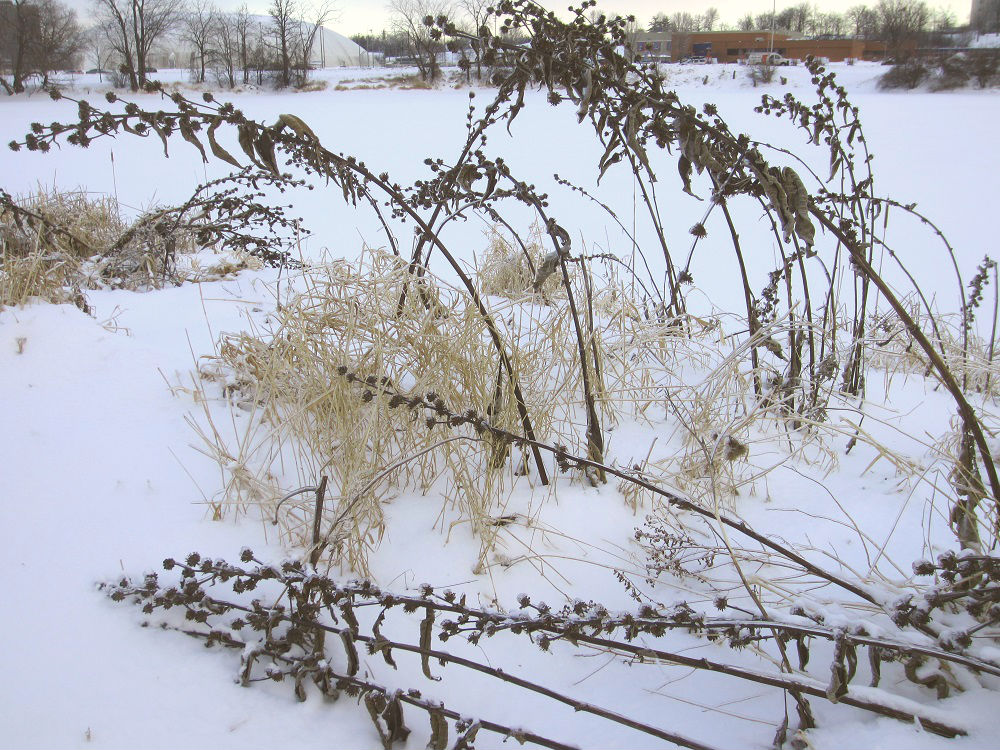
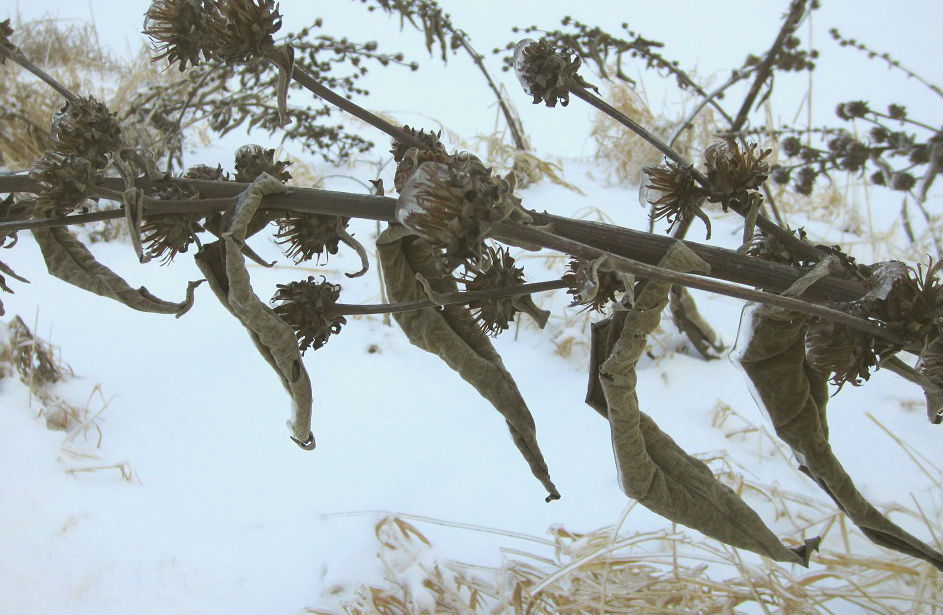
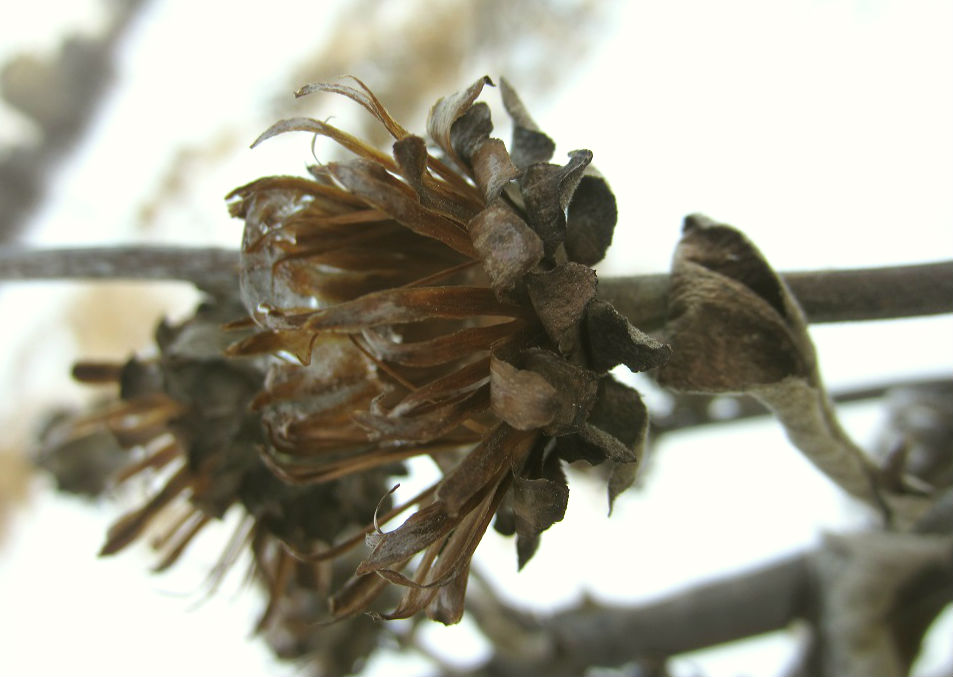

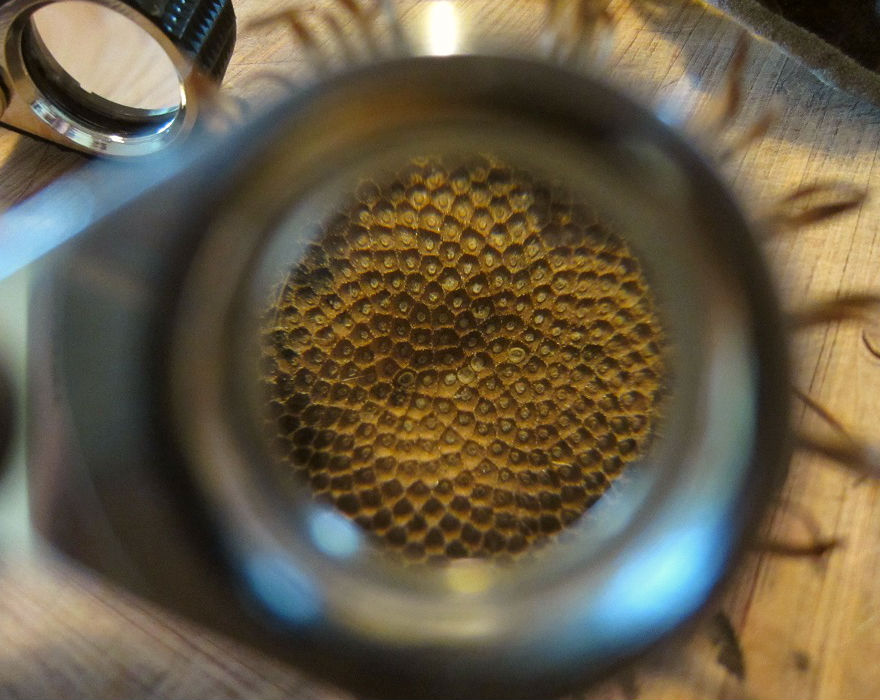
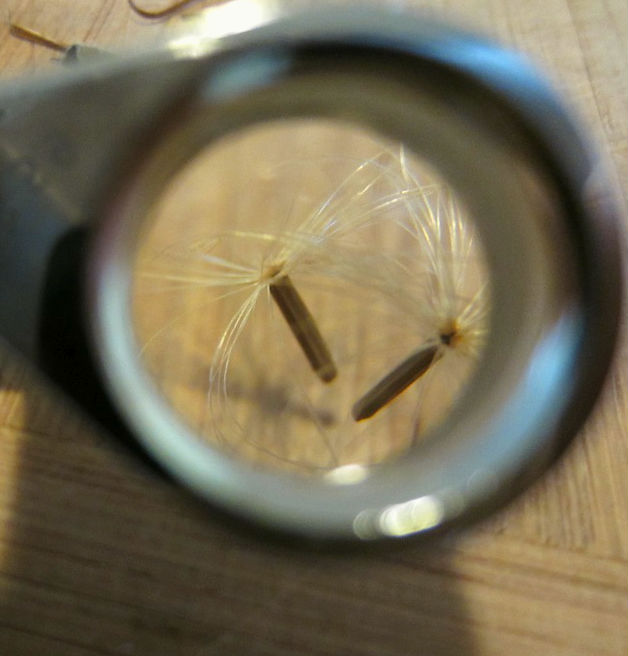
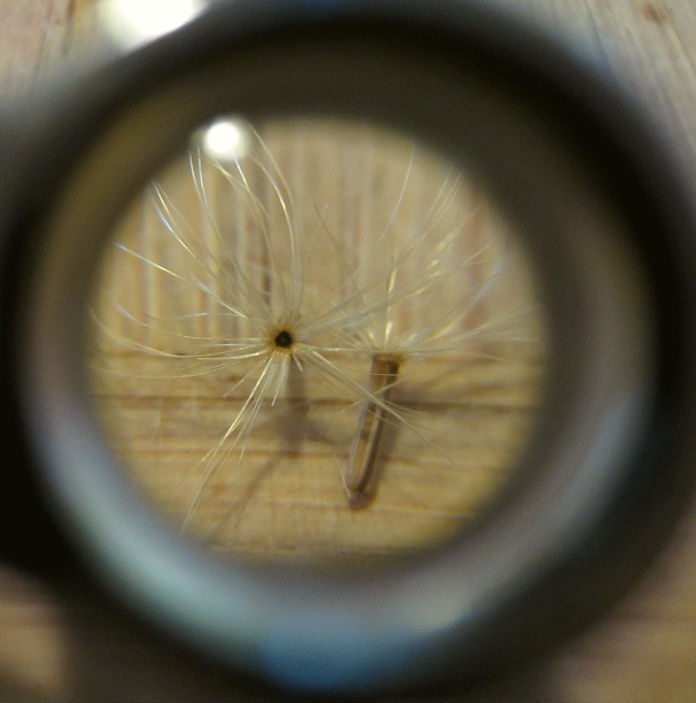
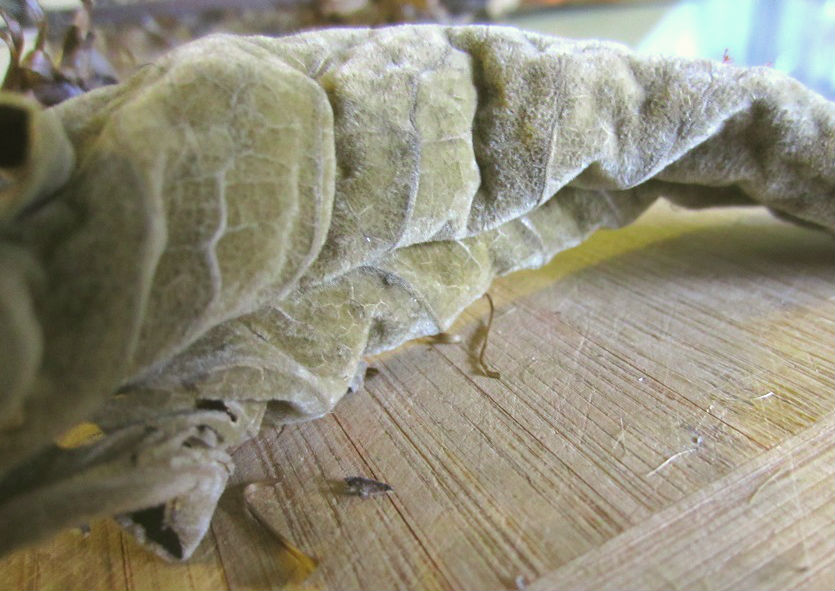
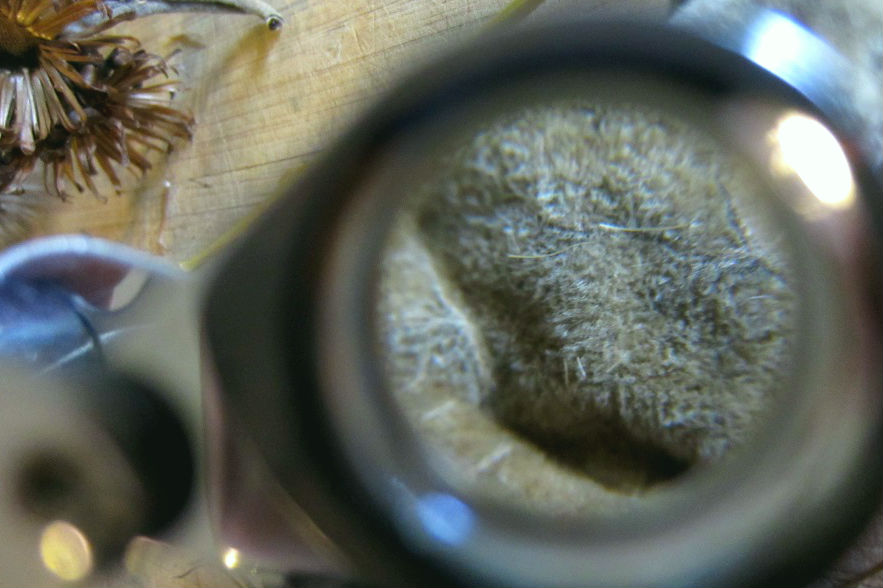

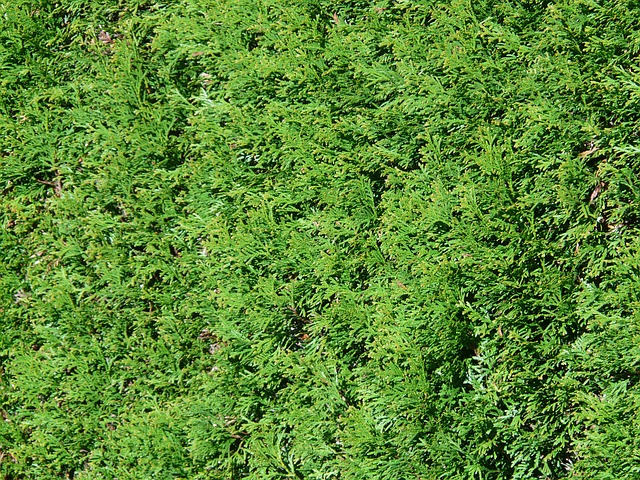
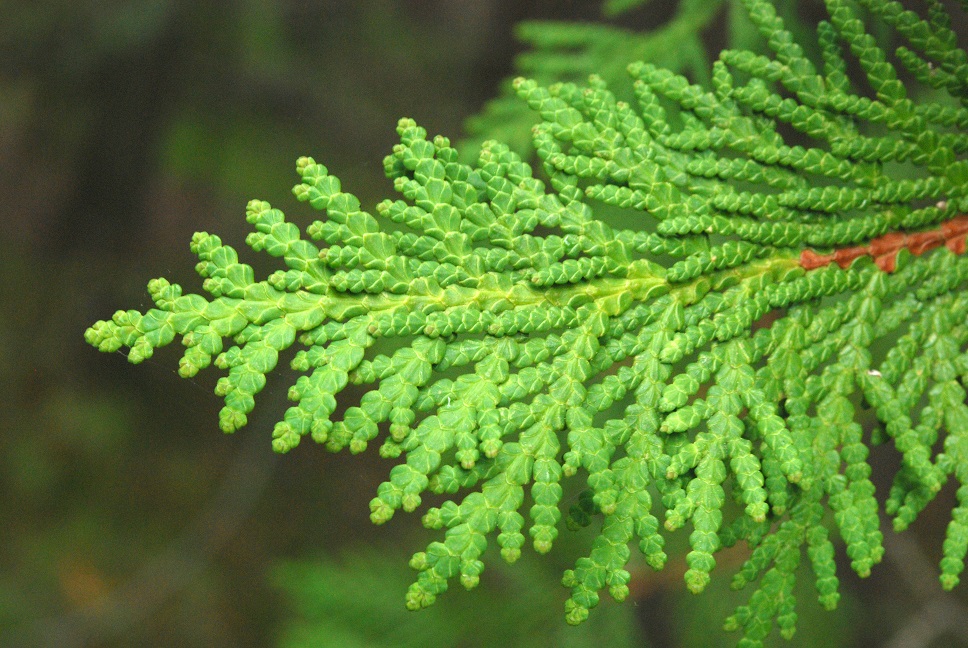
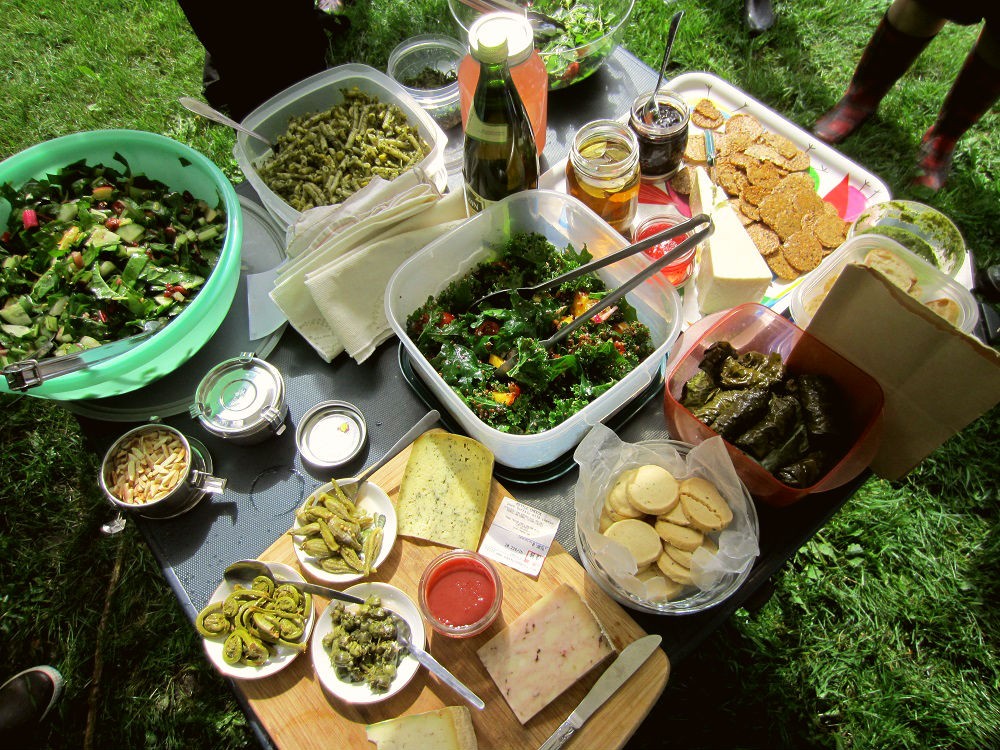
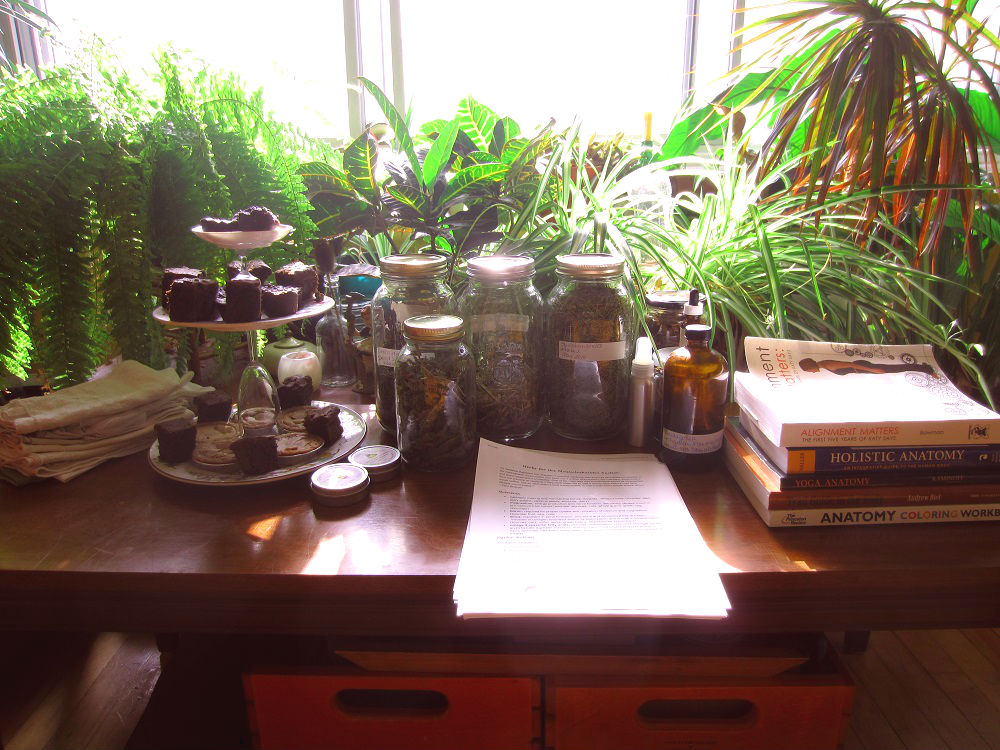

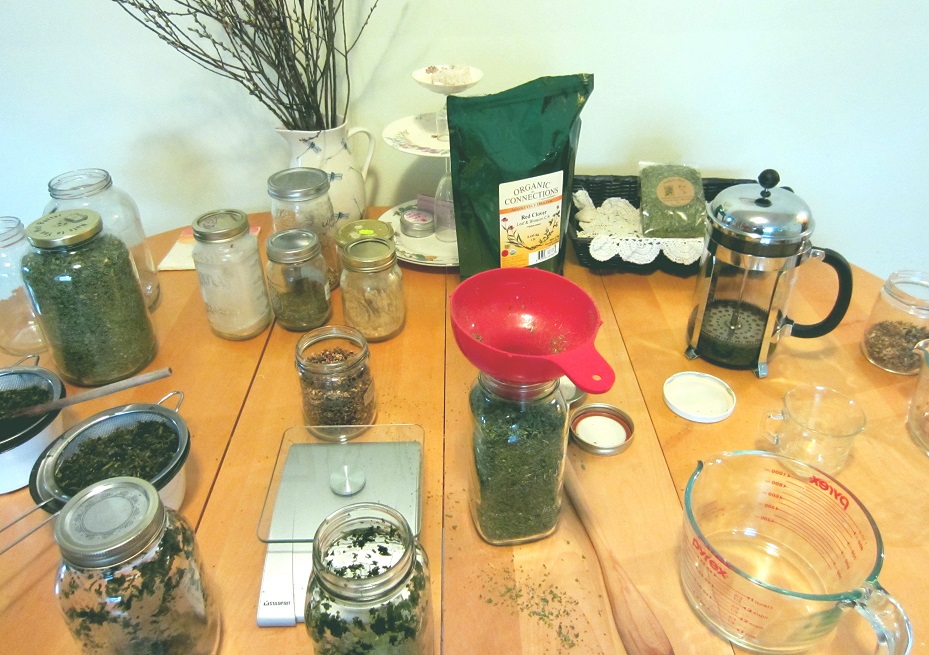
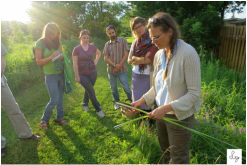
 RSS Feed
RSS Feed